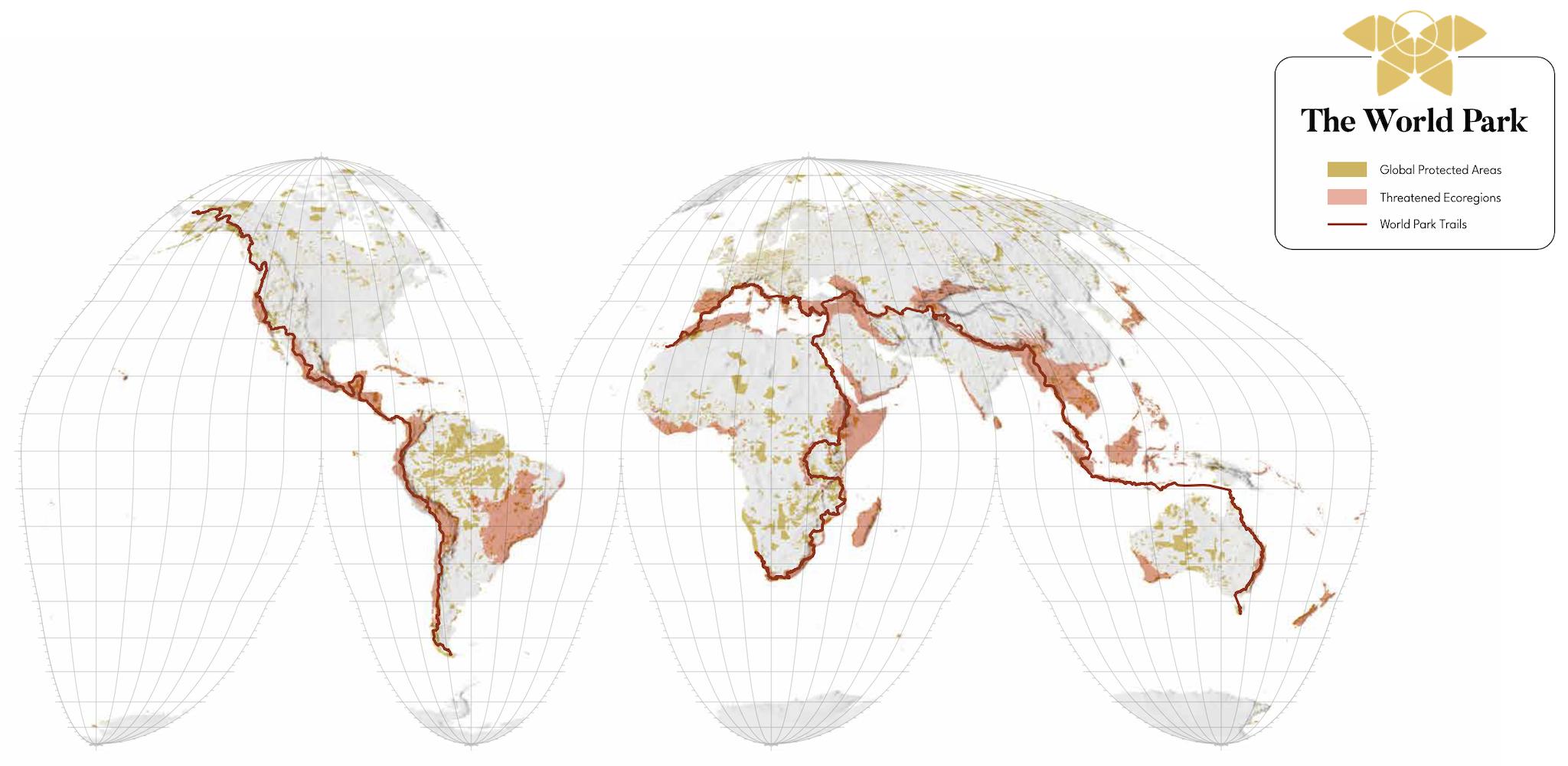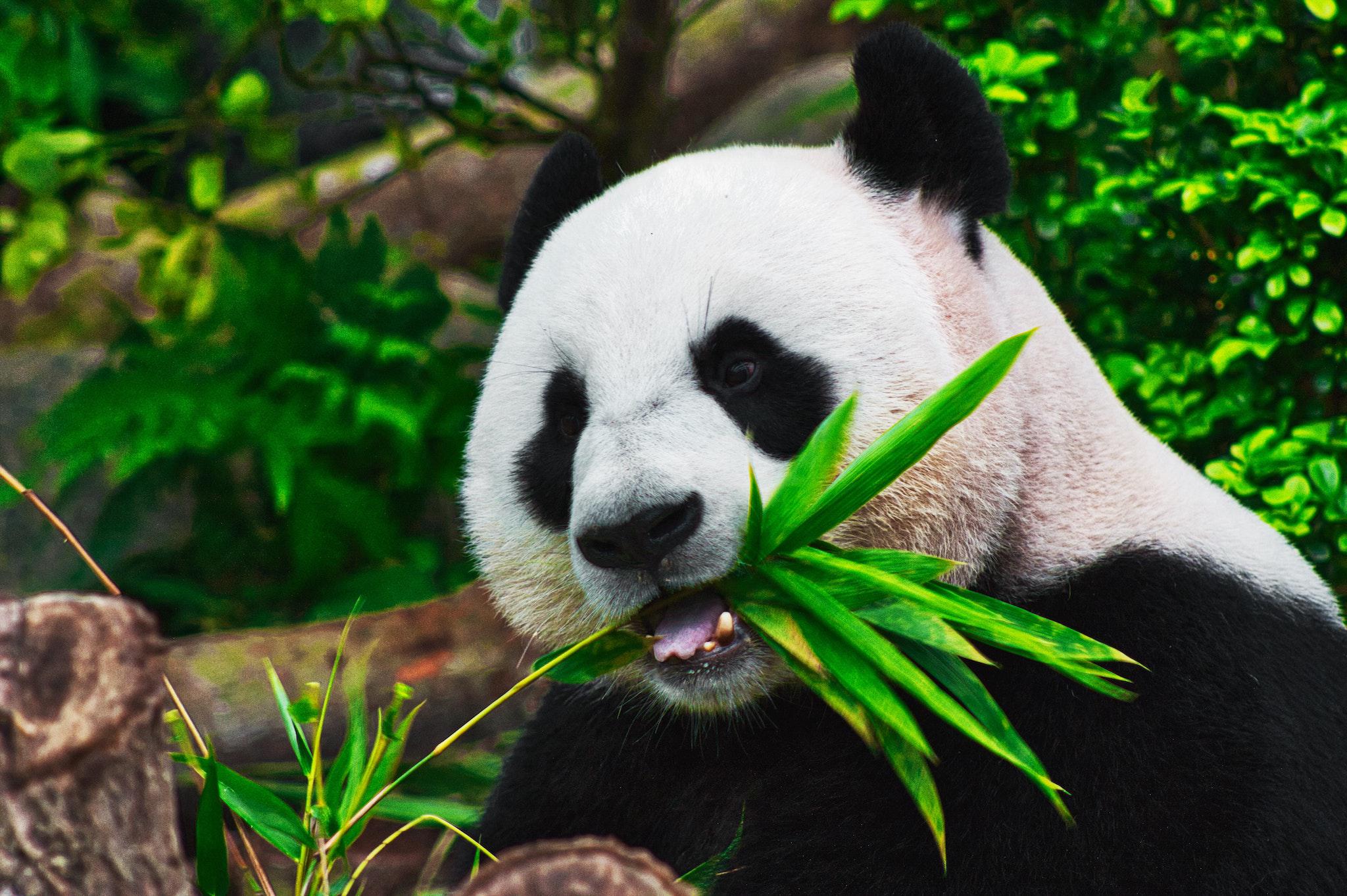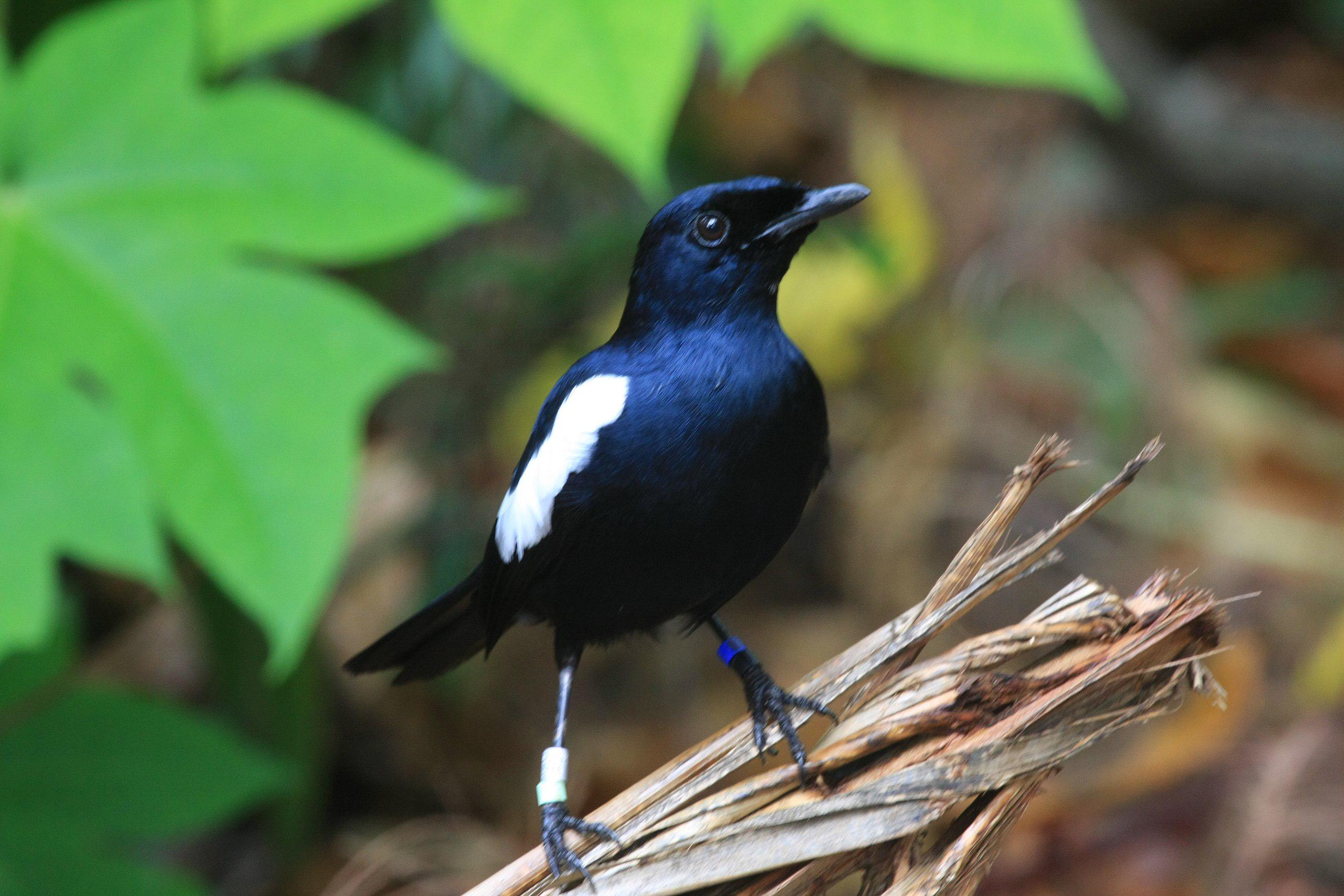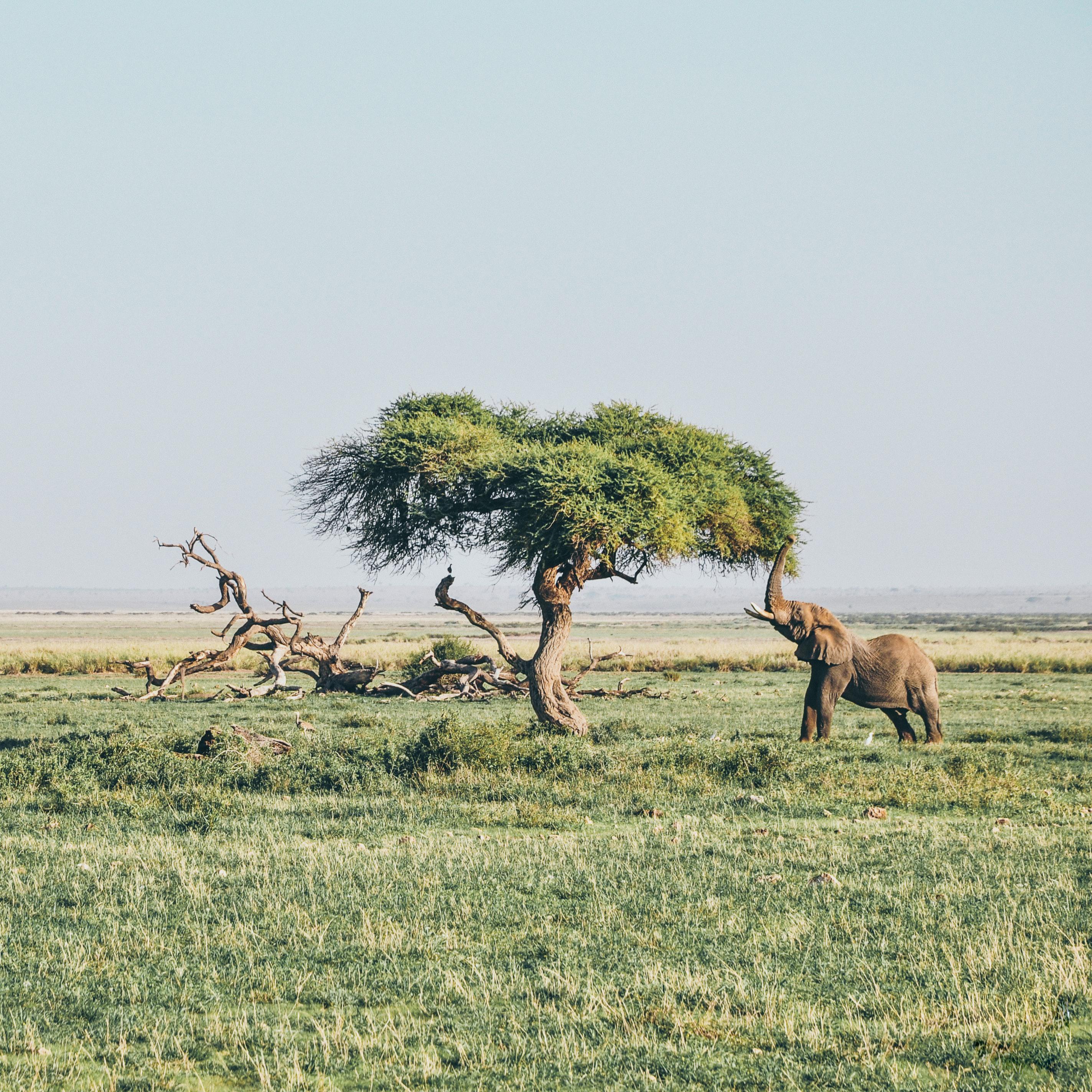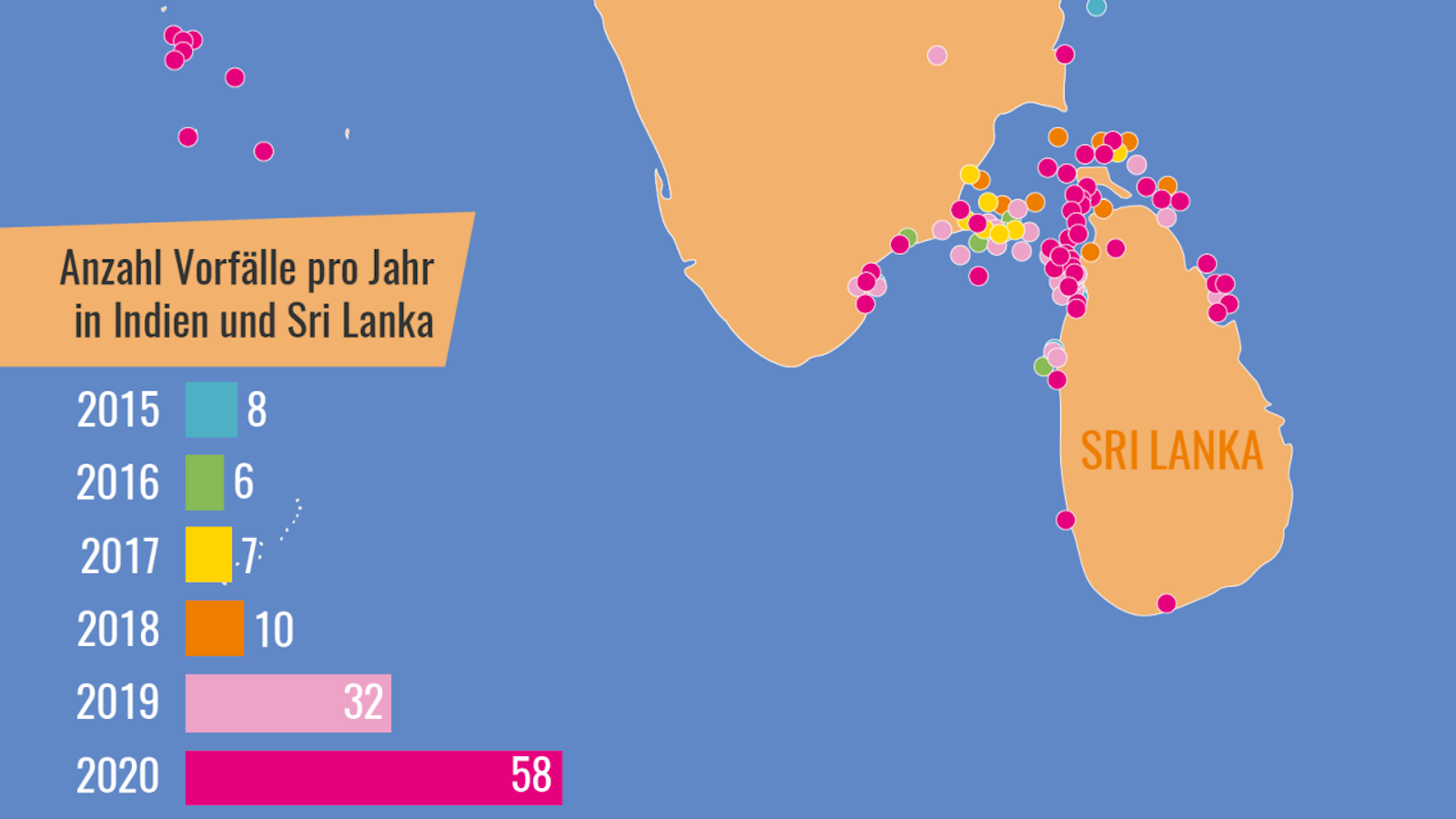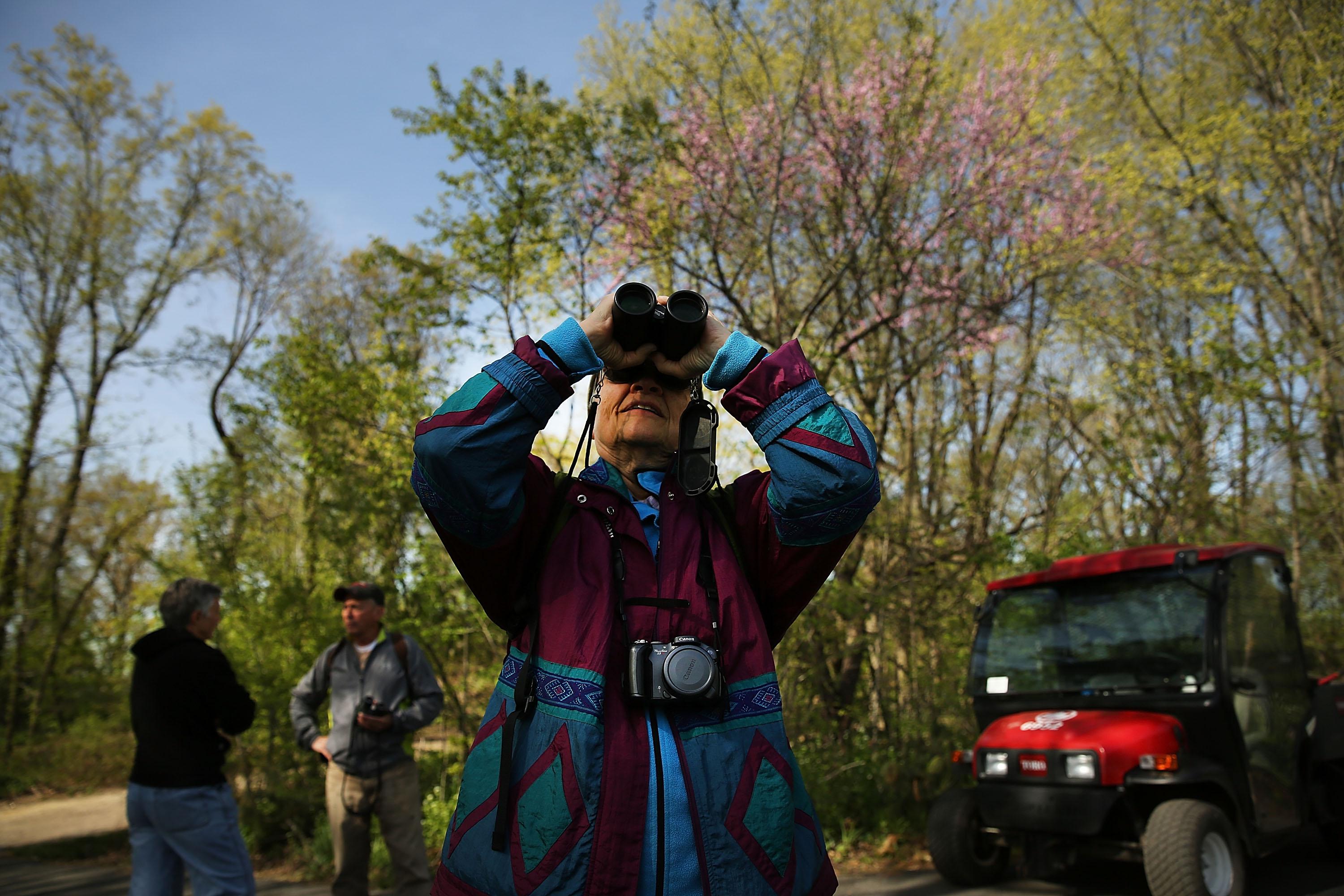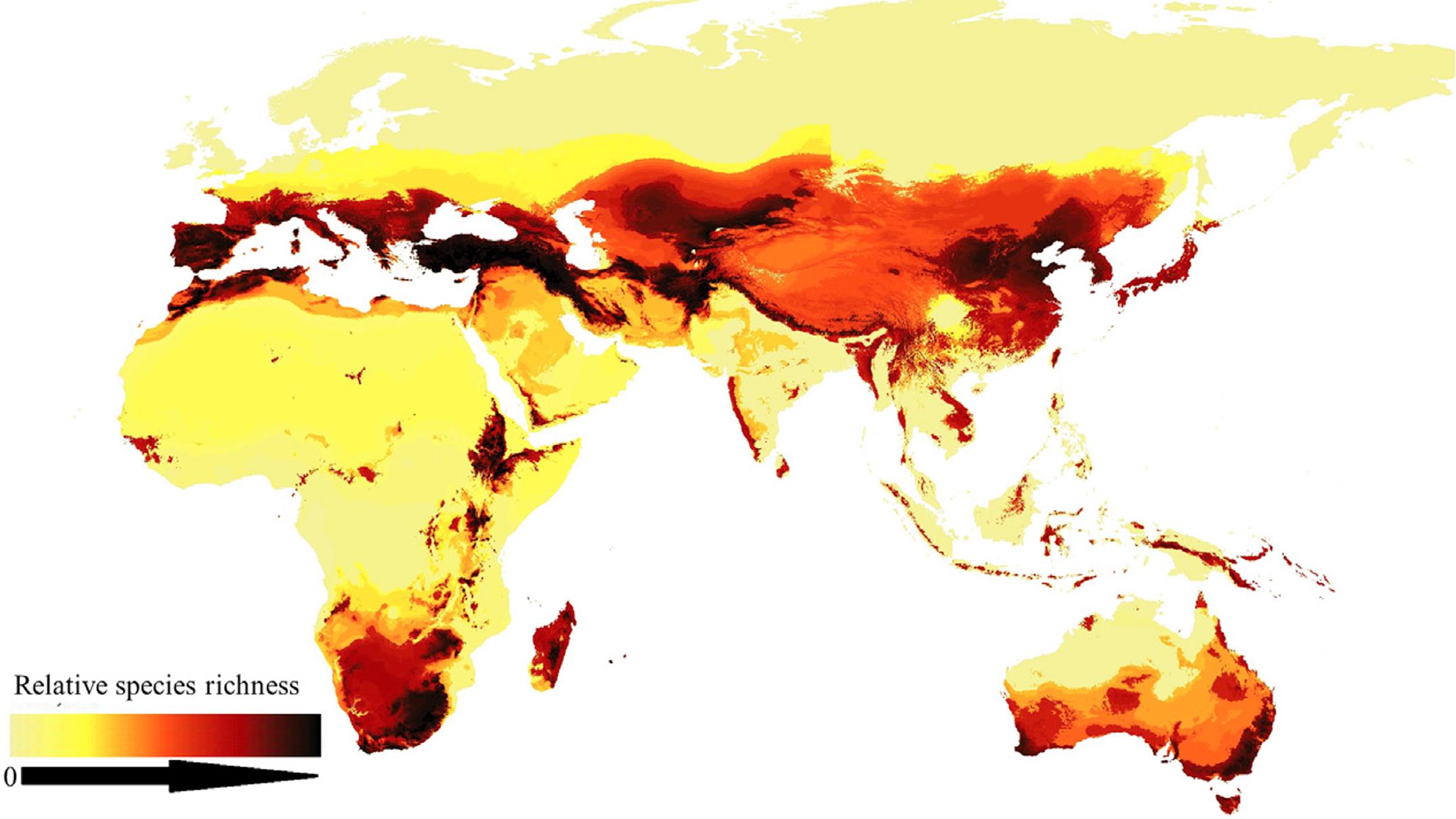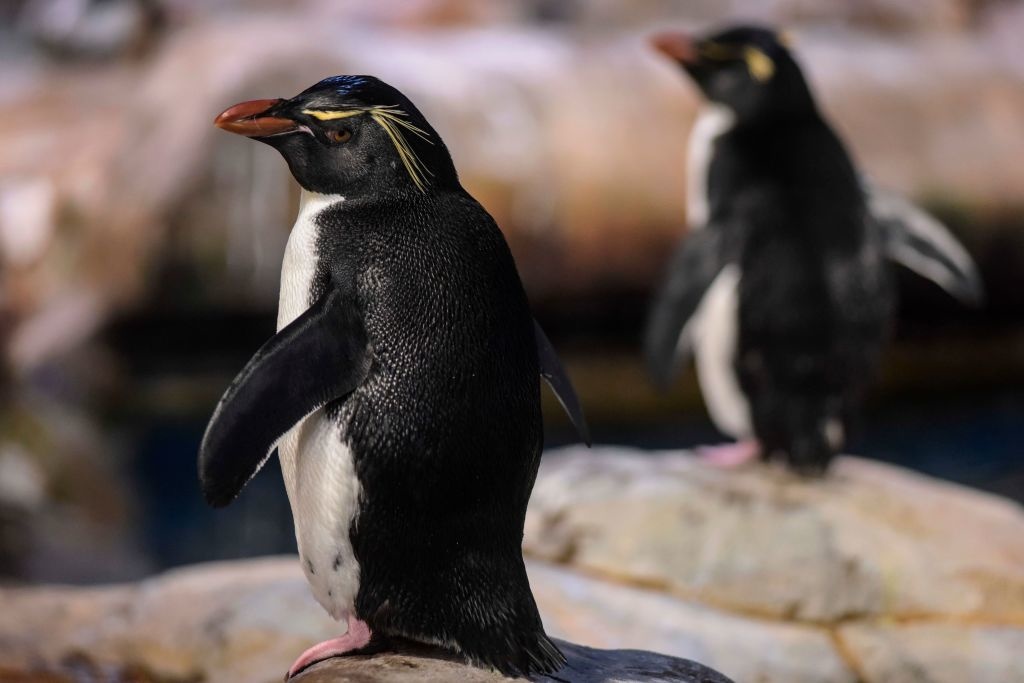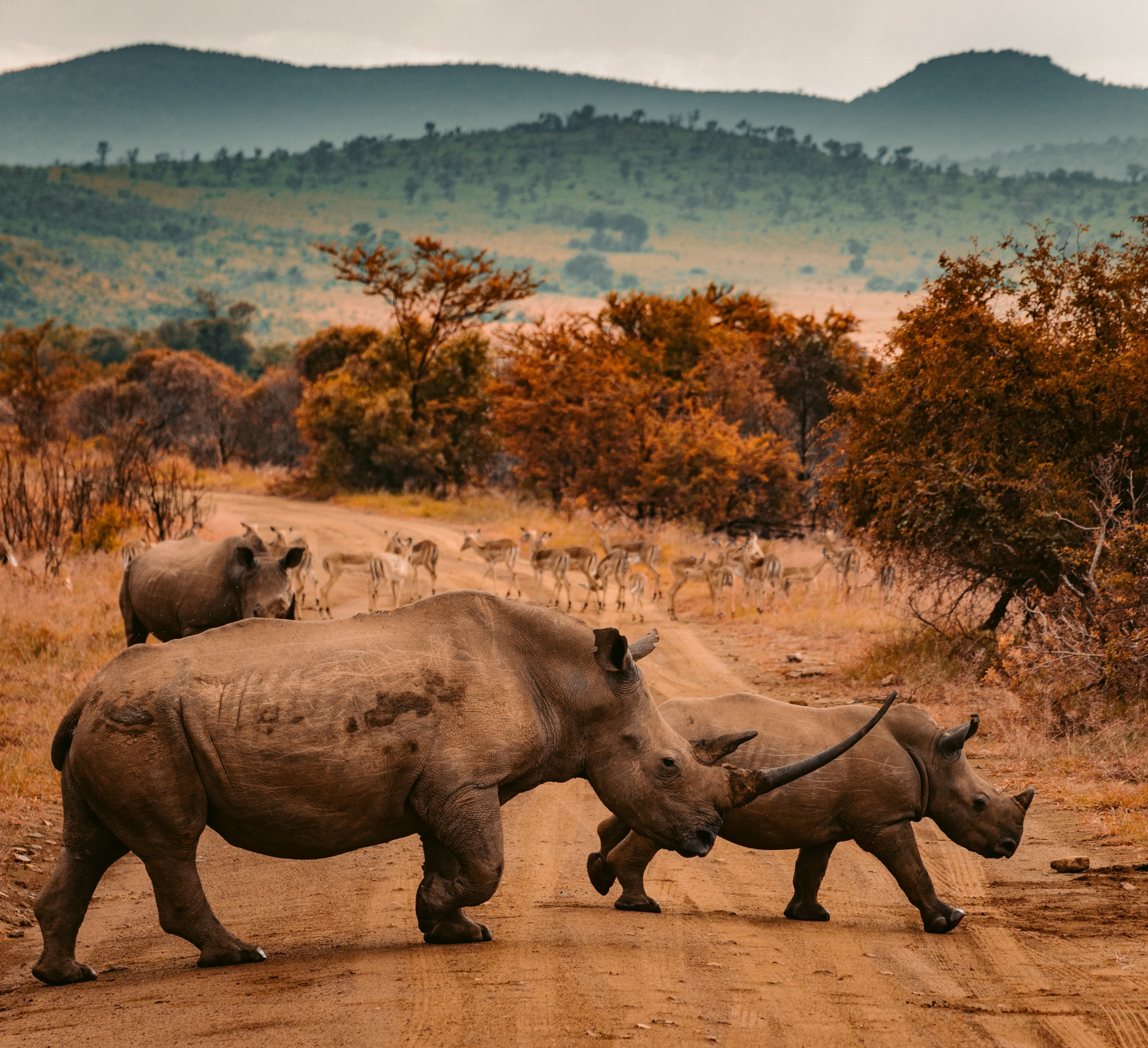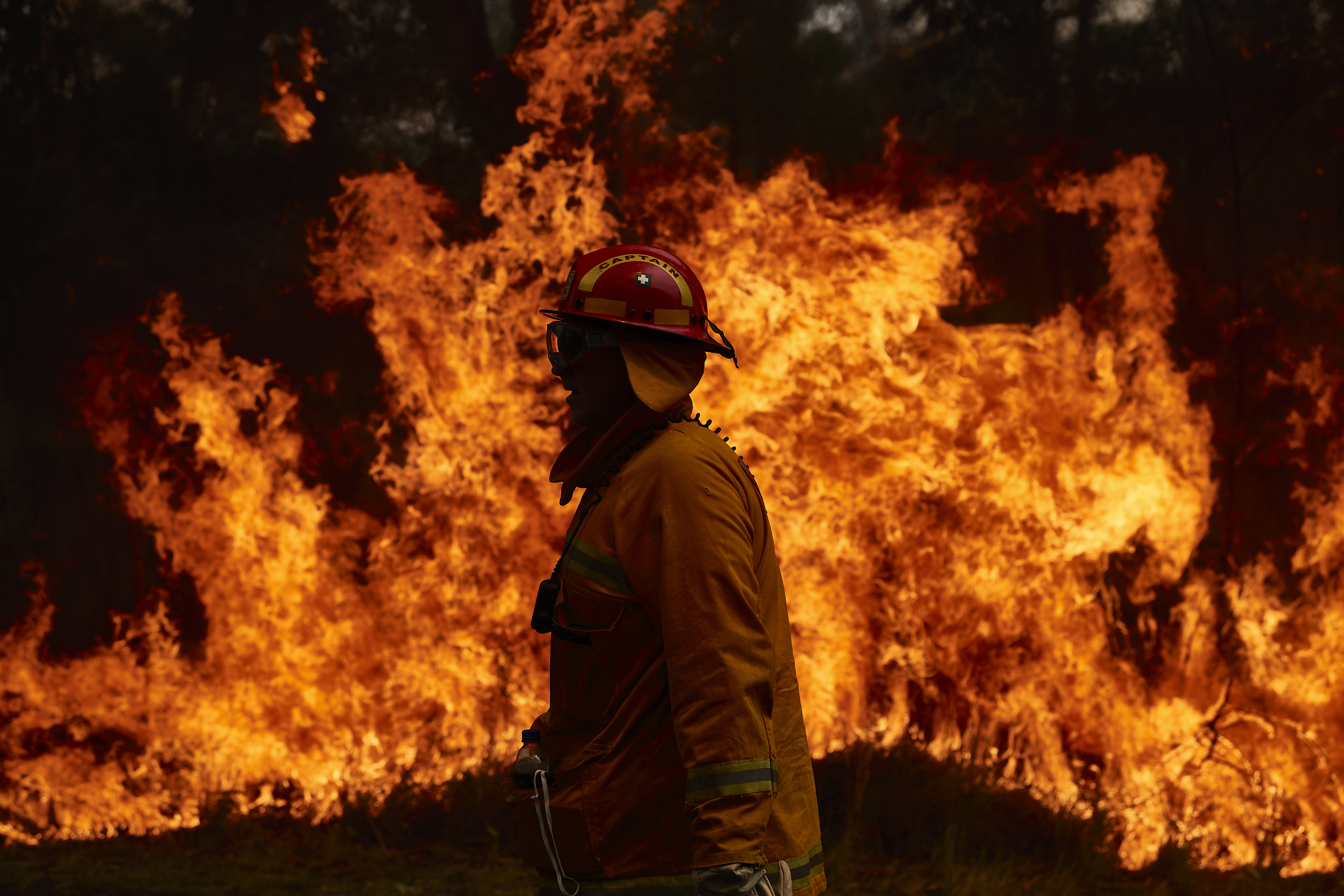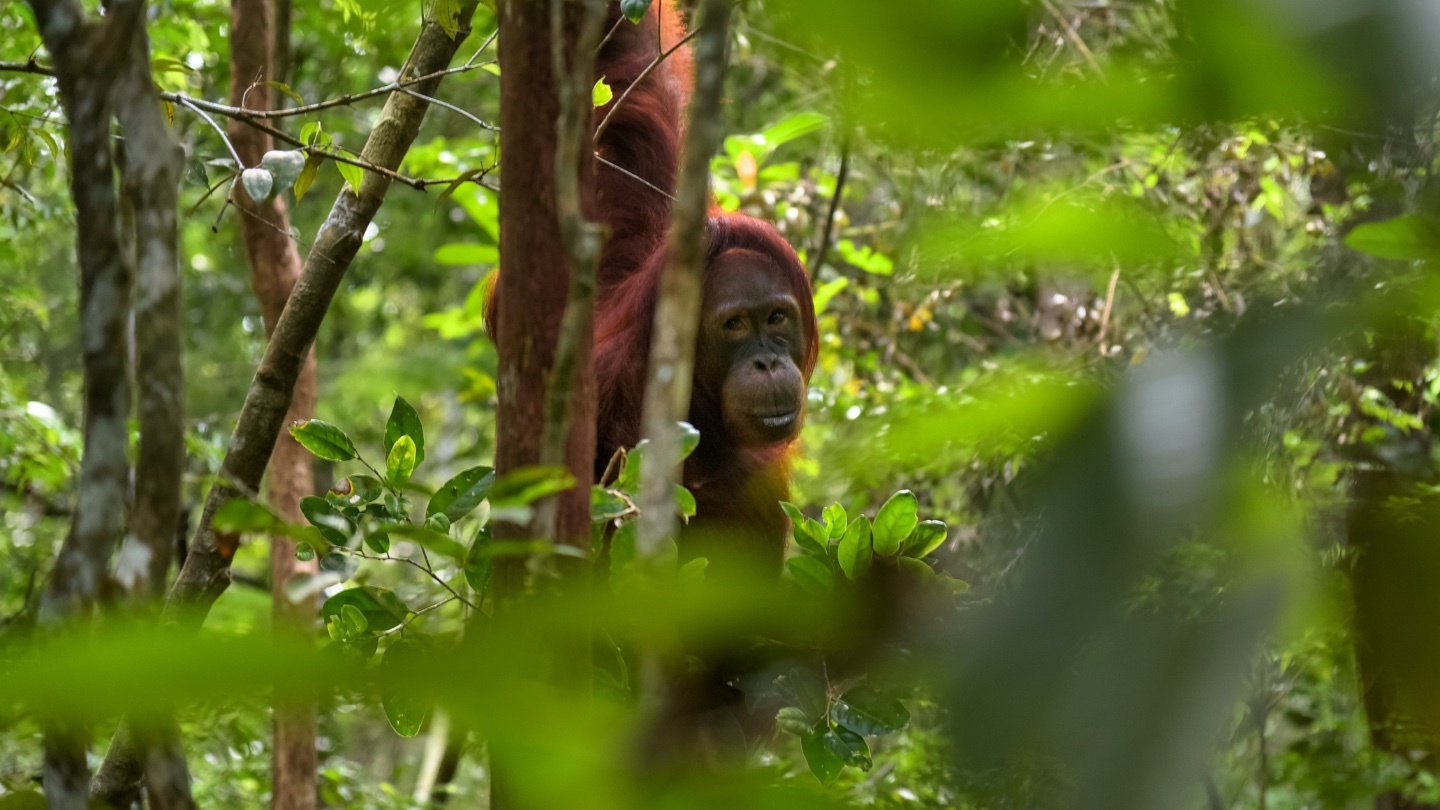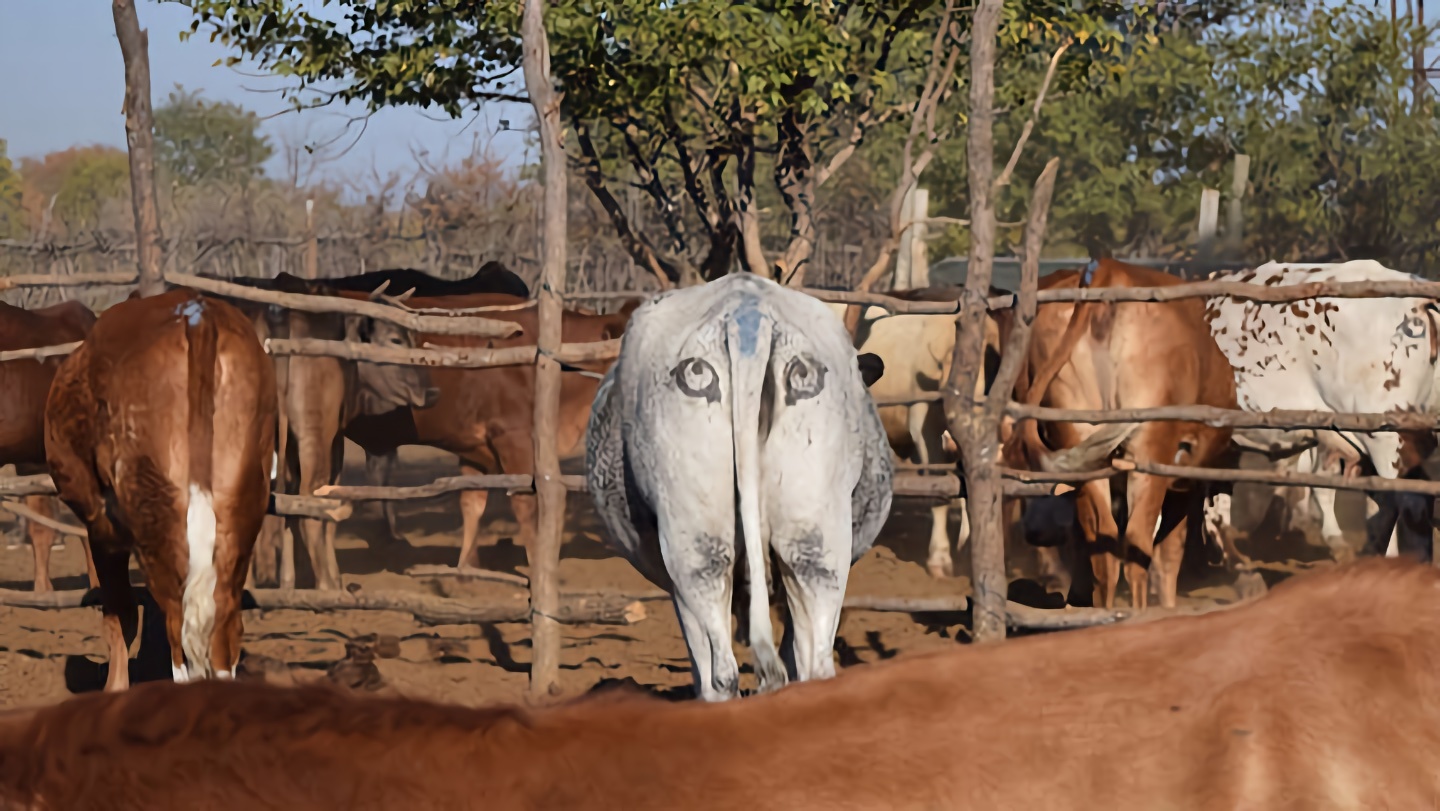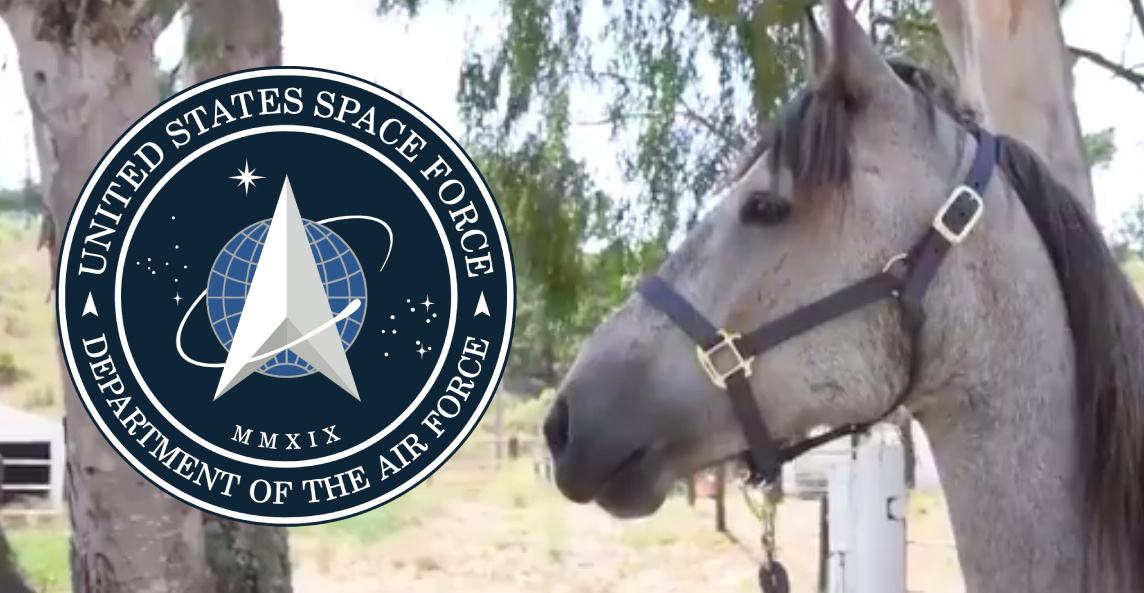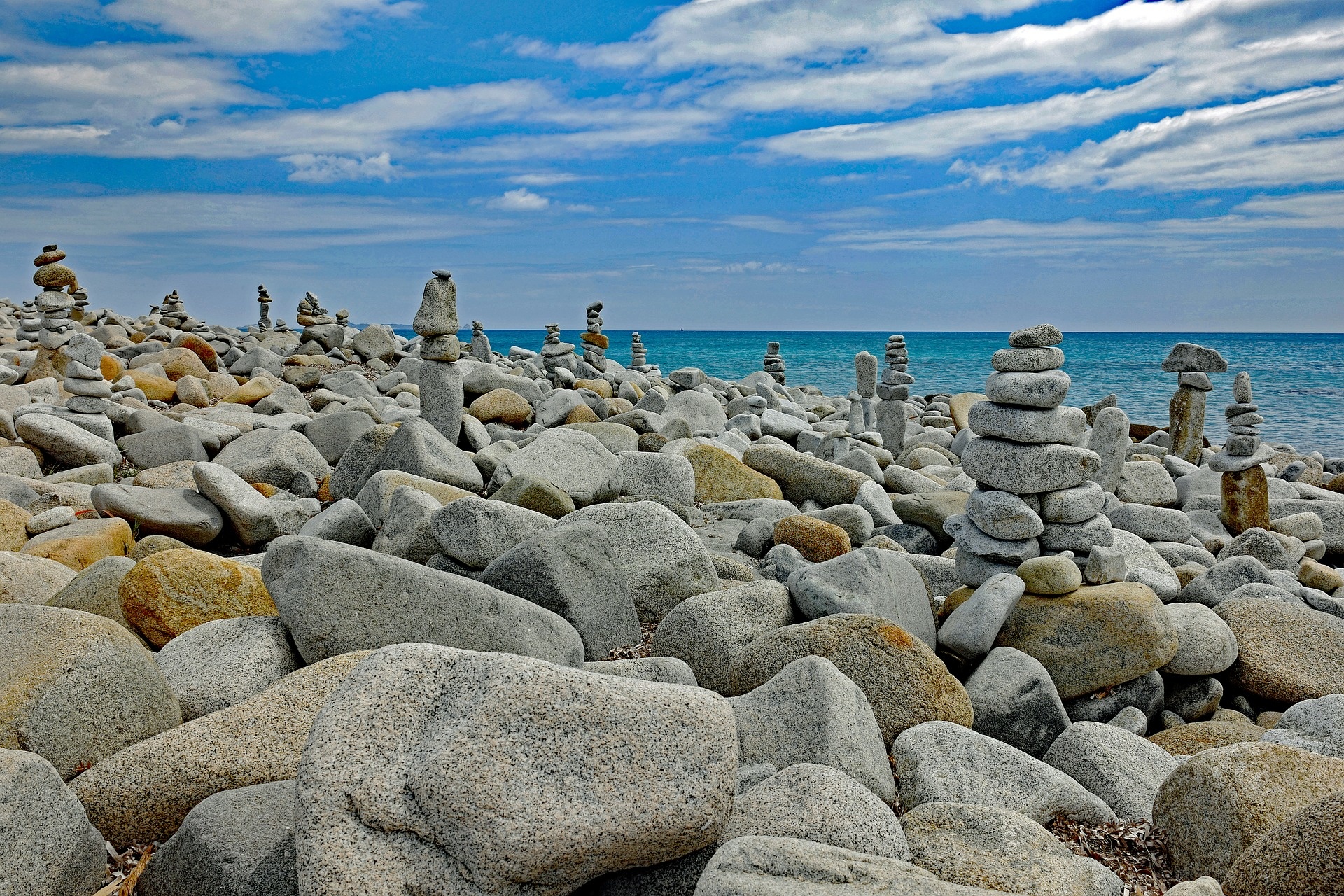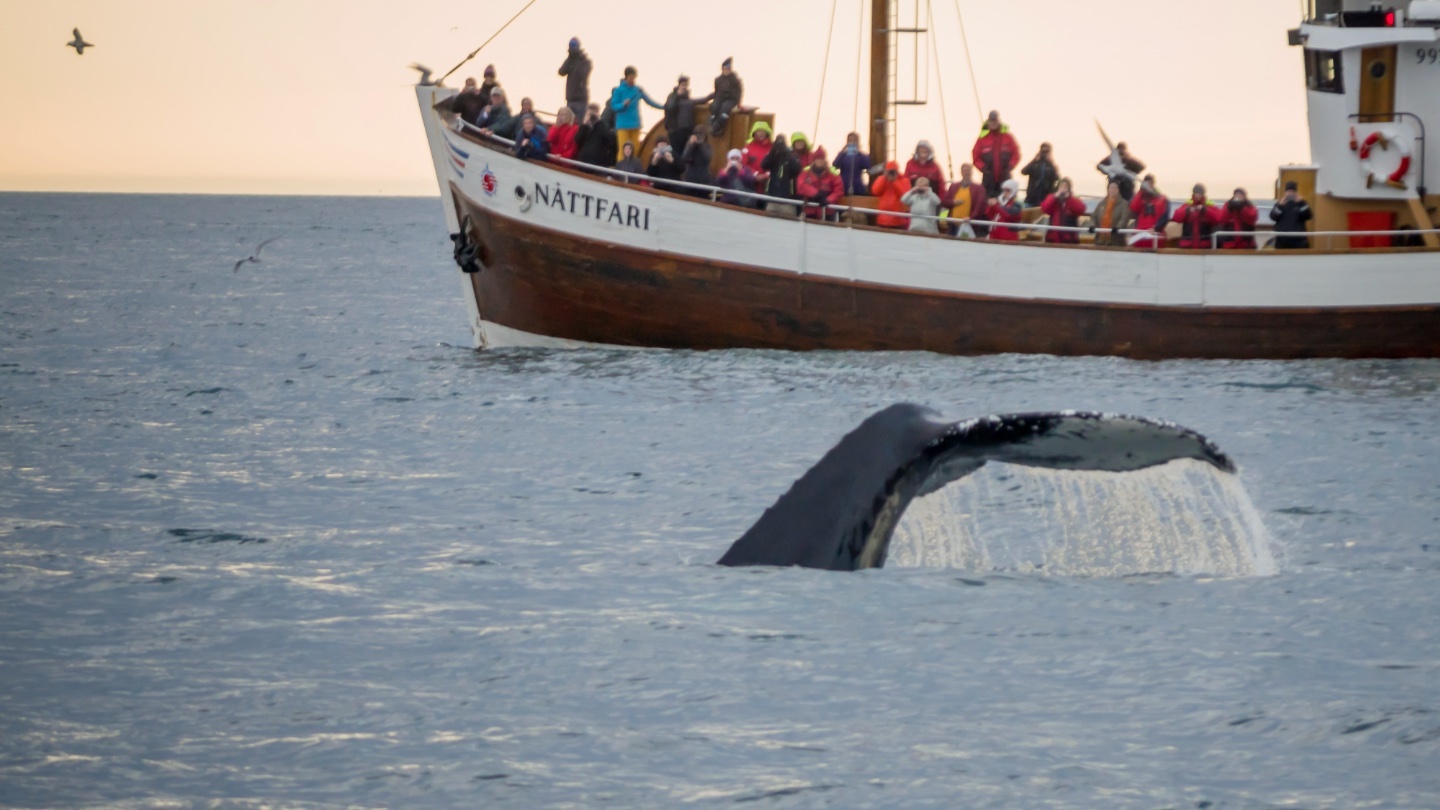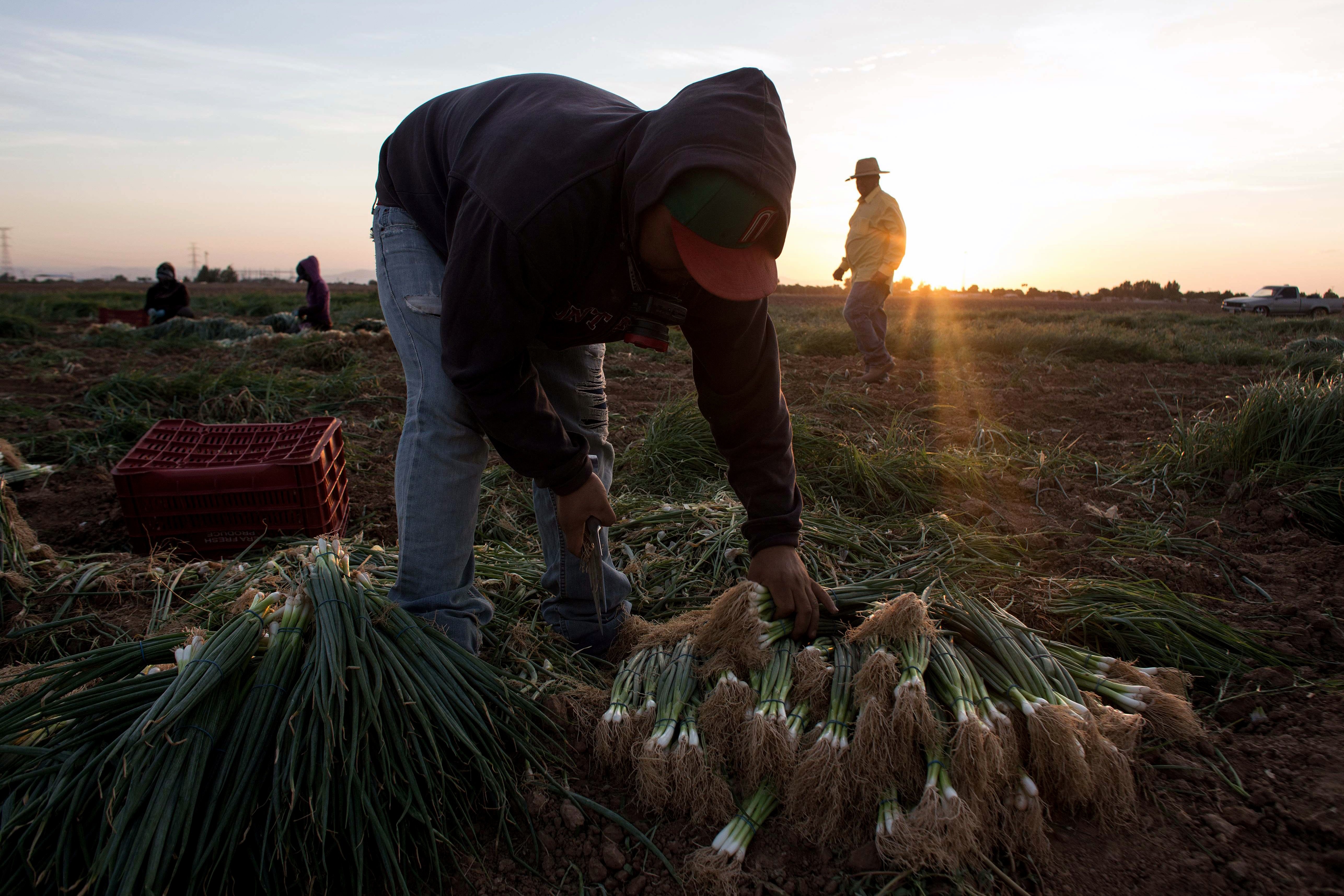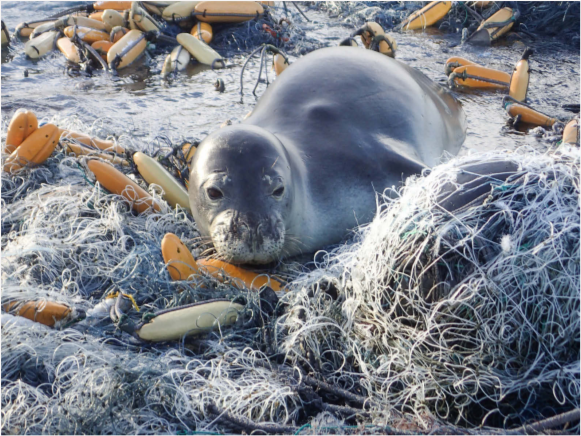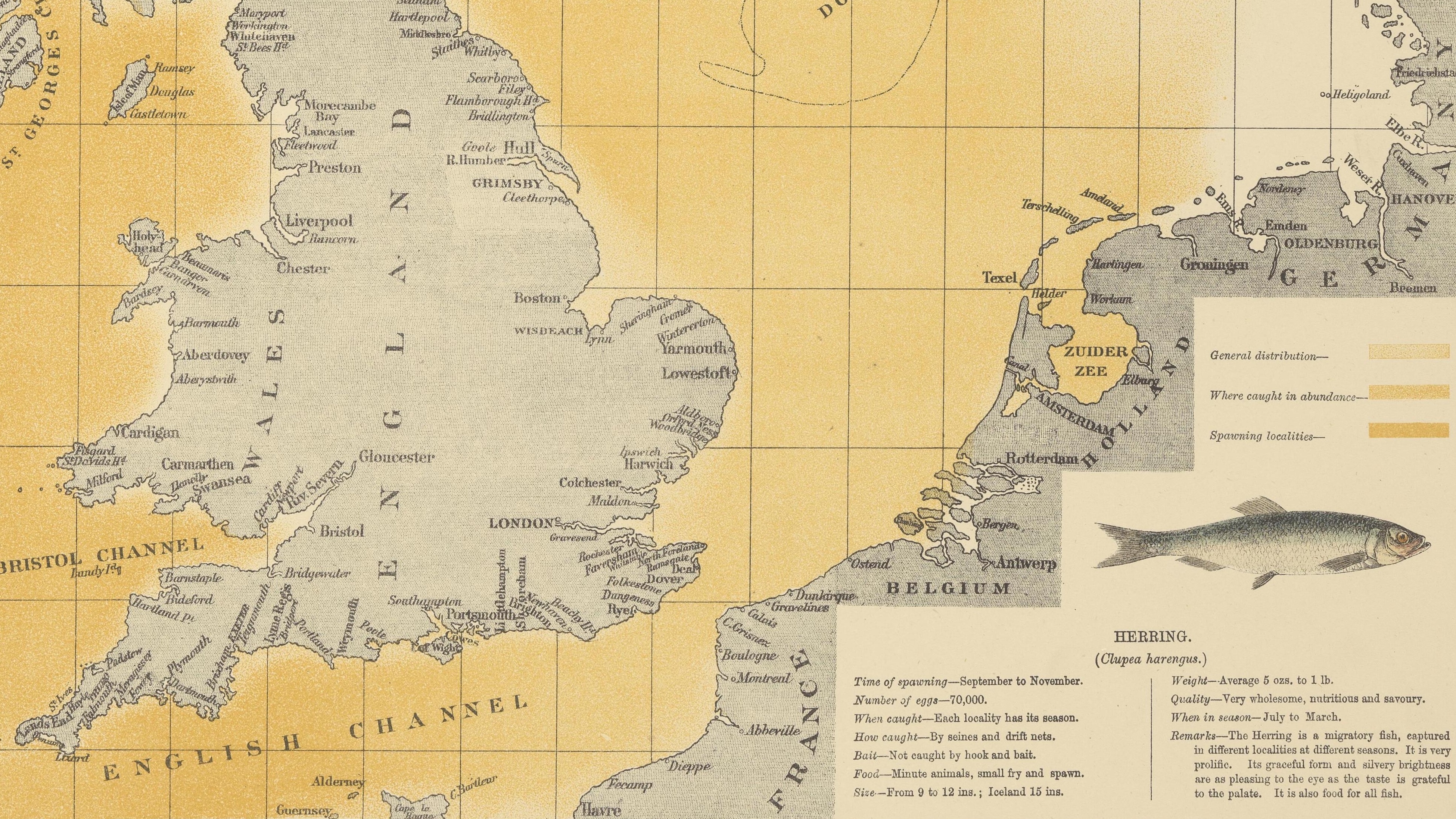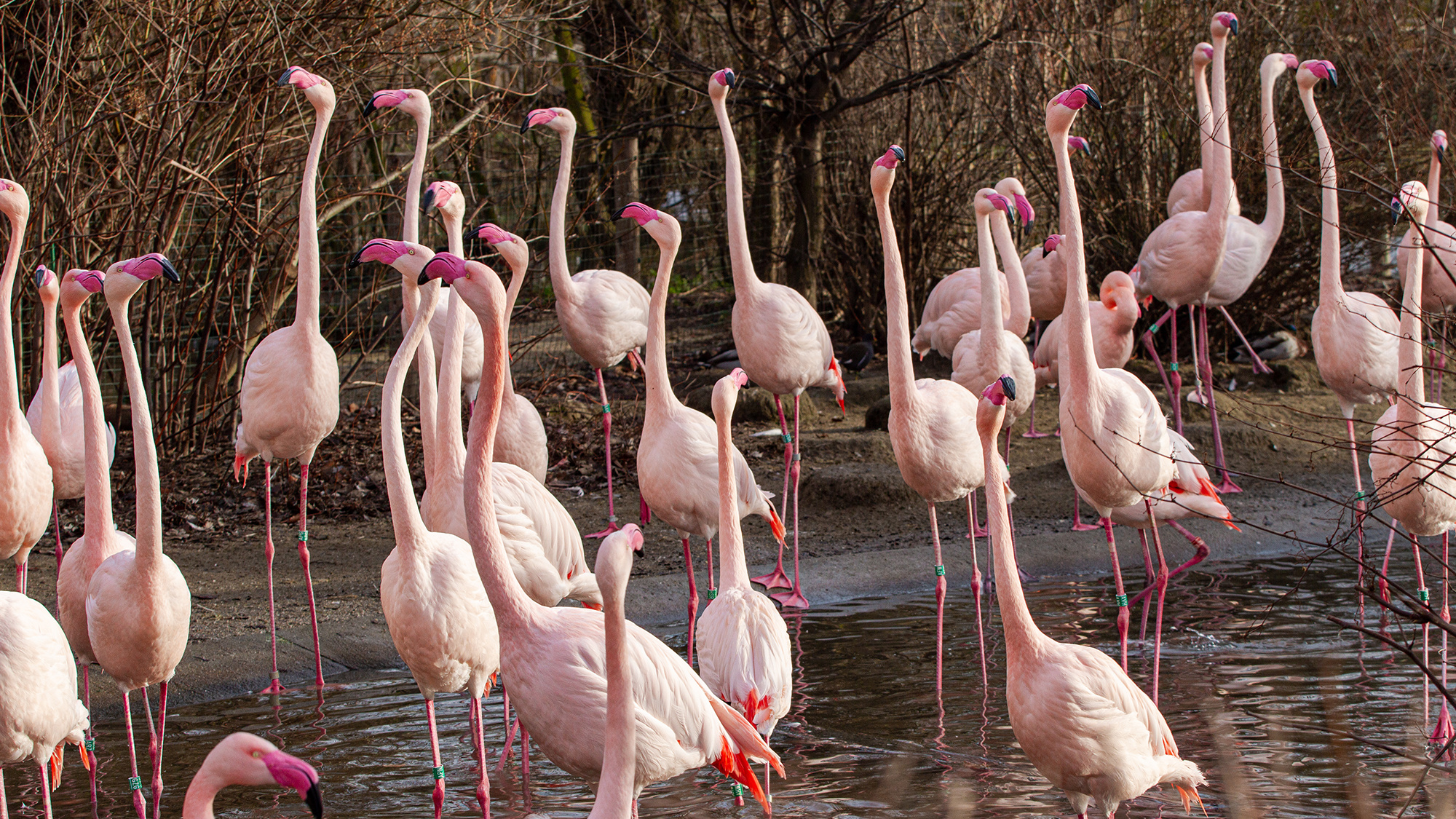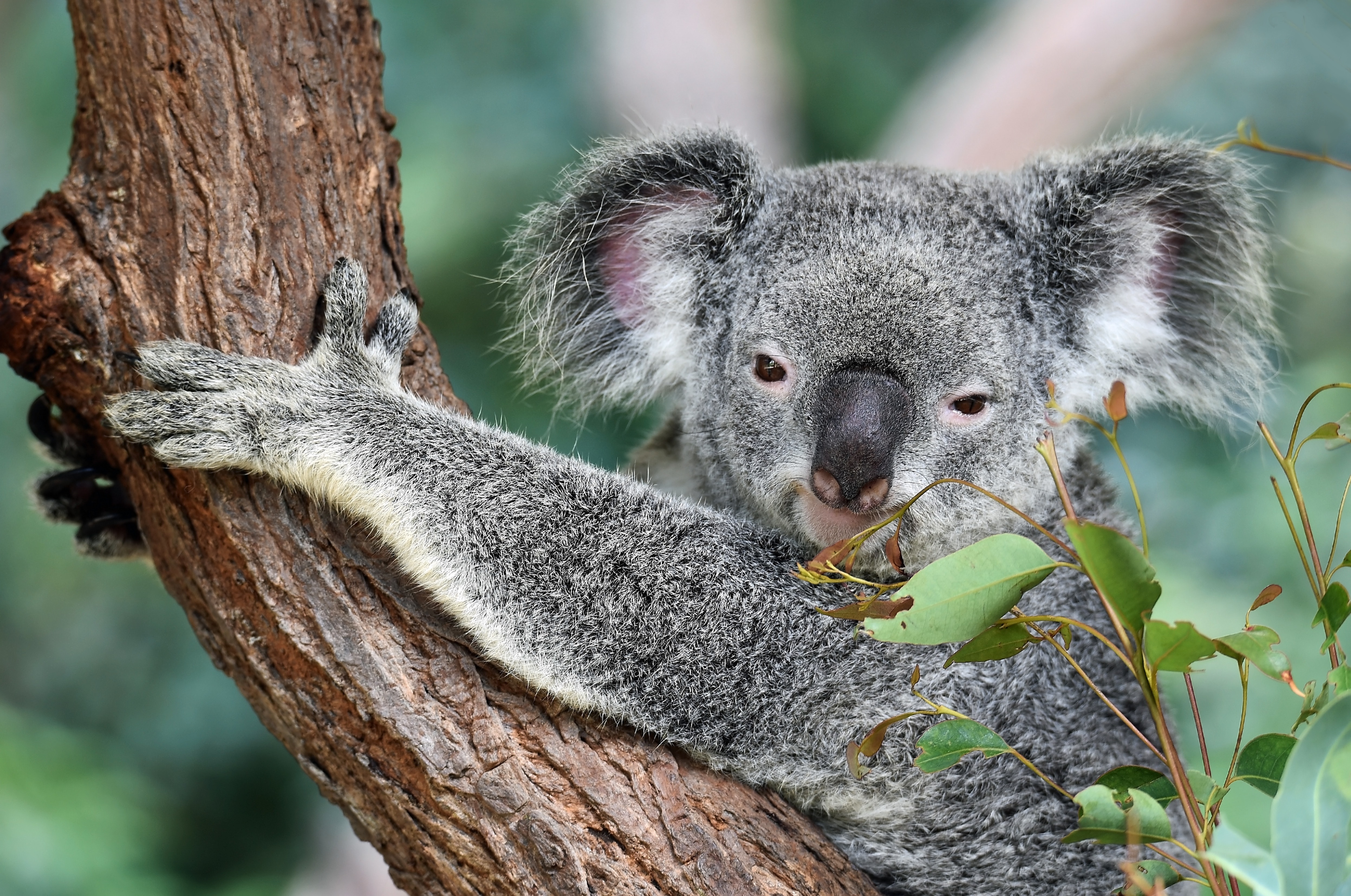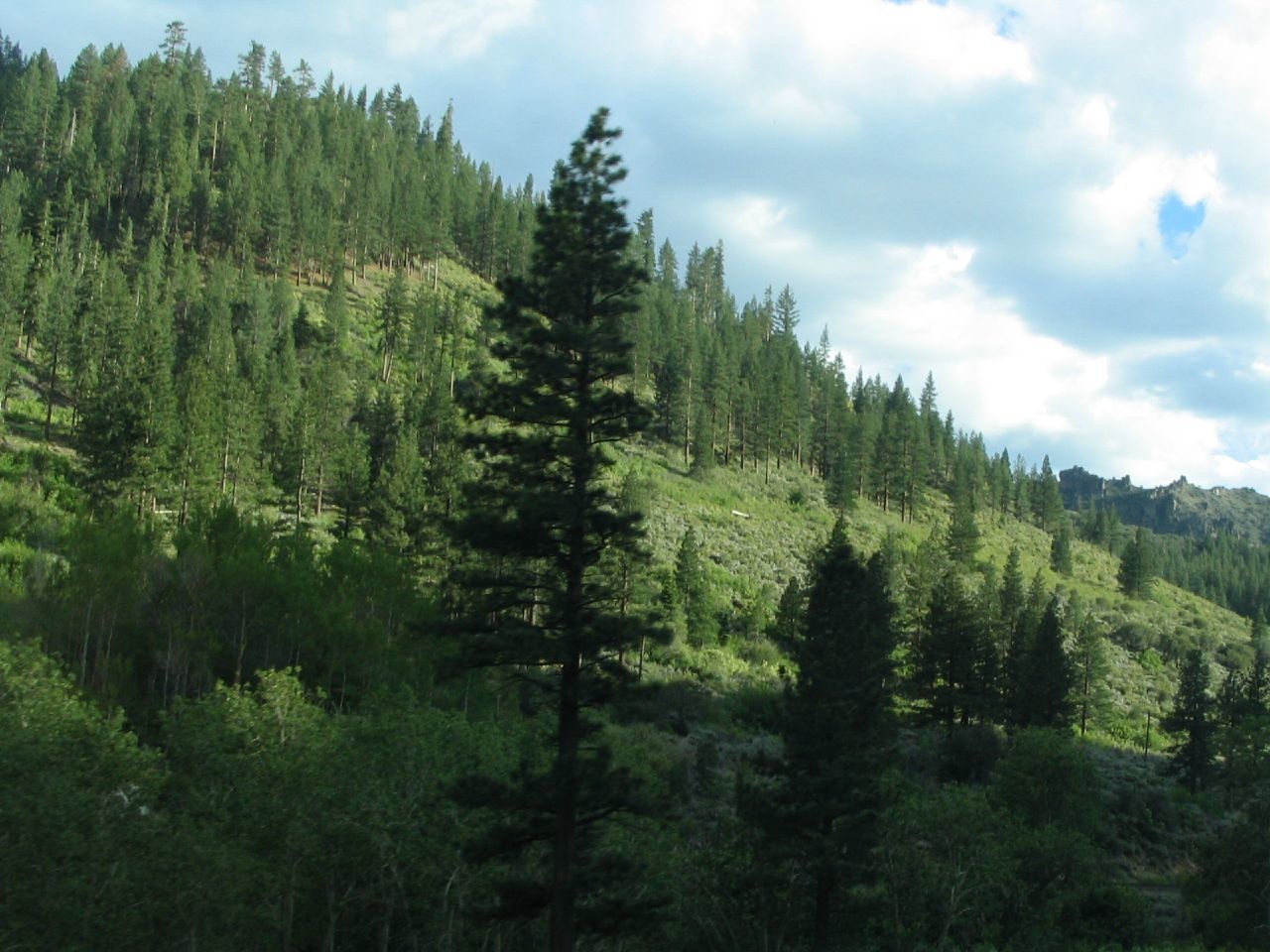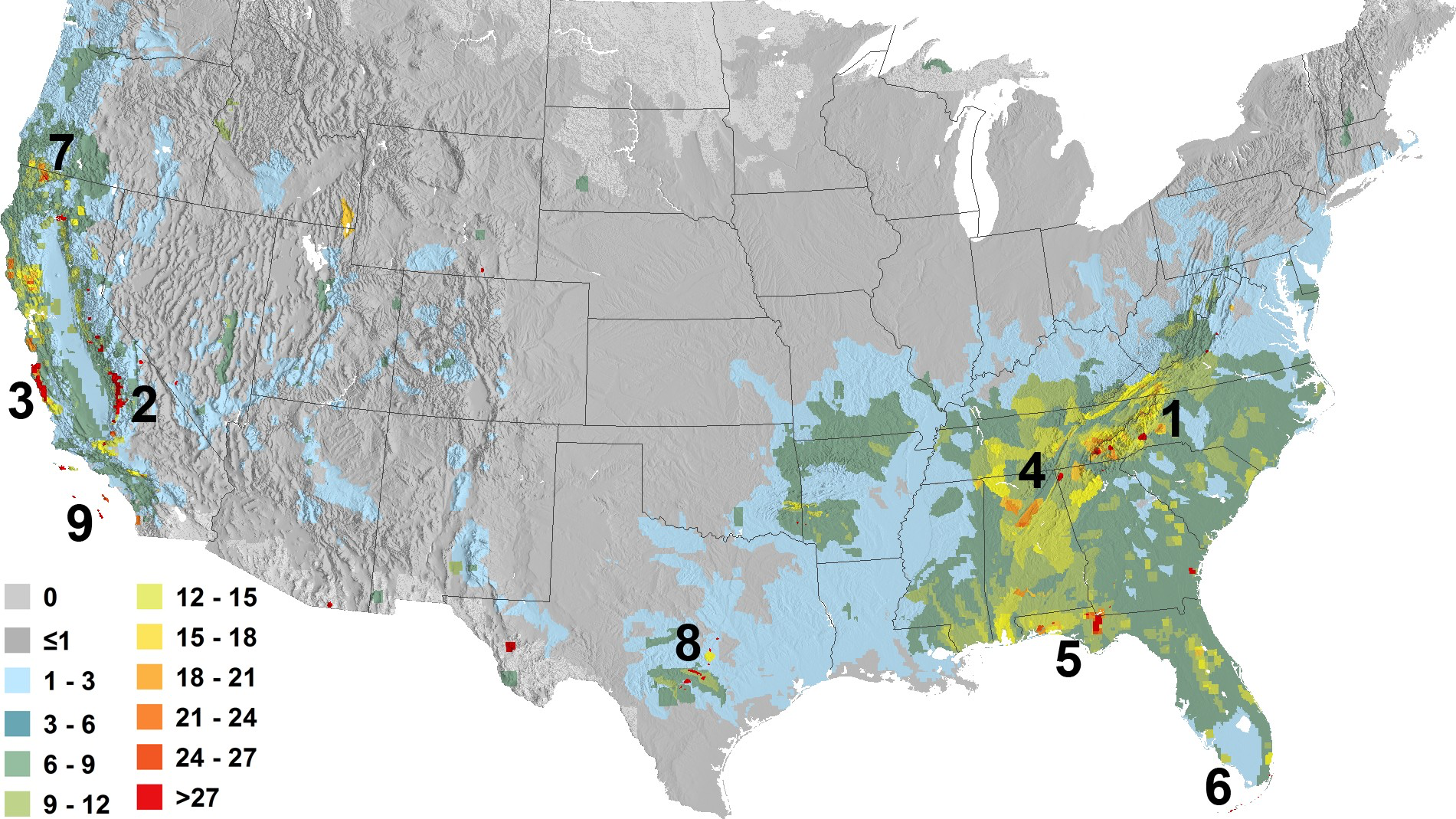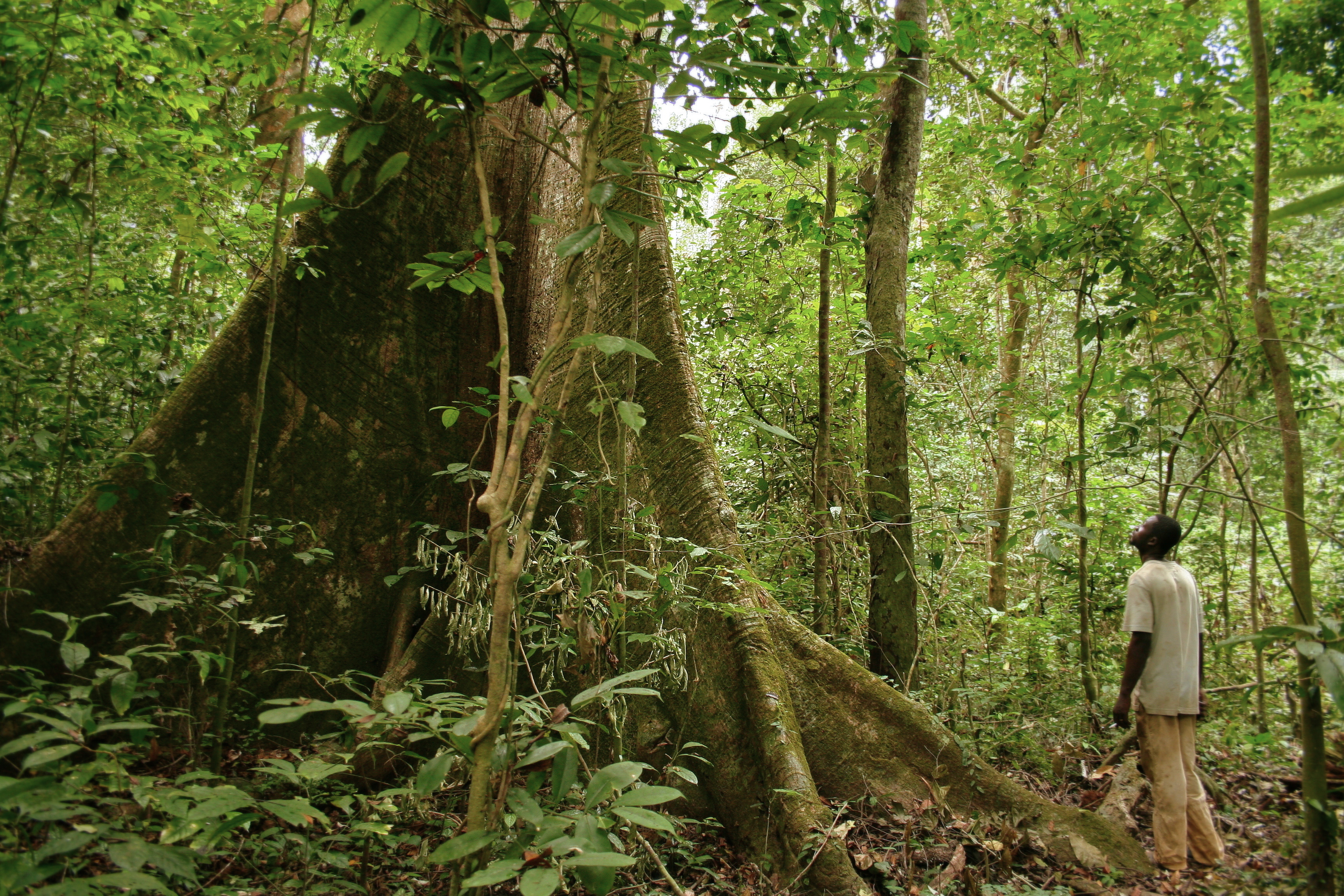conservation
To preserve biodiversity and ecosystems, protected areas should be connected into a gigantic World Park.
It is difficult to save a species that does not seem to care about saving itself.
The Seychelles magpie-robin is up for sale – yes, for sale – as a digital nature collectible.
That’s as fast as a bullet train in Japan.
A “seafood mafia” is plying the waters between India and Sri Lanka to satisfy China’s appetite for an increasingly rare delicacy.
Researchers find that the coffee pulp is valuable in its own right.
Escaping the marshmallow brain trap.
▸
6 min
—
with
Participation in community science programs has skyrocketed during COVID-19 lockdowns.
First picture of worldwide bee distribution fills knowledge gaps and may help protect species.
One of the world’s most isolated island groups has just been made one of the world’s largest ocean reserves.
Across the world, wildlife is under severe threat.
We’re in an era of ‘megafires’.
On the list of animals at risk are several endangered species.
An experiment in Botswana suggests a non-lethal deterrent for predatory lions.
The planet is making a lot less noise during lockdown.
America’s Space Force has acquired a horse for an important mission.
Stone stackers enjoy the practice as a peaceful challenge, but scientists warn that moving small stones has mountainous consequences.
Each pile of dung contains a cornucopia of seeds, perfect for reforesting.
Two of Iceland’s largest whaling companies are keeping their boats in port this summer. One of them permanently.
Today’s agriculture workers face 21 days of heat that exceed safety standards. That number will double by 2050.
The researchers hope to develop a no-trace plastic to curtail marine pollution and ghost fishing.
O.T. Olsen’s gorgeous ‘Piscatorial Atlas’ (1883) describes a world now destroyed and forgotten
These pink feathered folk form complex social networks and are choosy about who they spend their time with, according to a new study.
Is the way we choose which animals to protect out of date?
Thinning forests in the Western United States can save billions of gallons of water per year and improve conservation efforts.
Let’s not kid ourselves: Coral reefs are in serious danger. But numerous ambitious projects are underway with the goal of keeping these ecosystems alive.
Project to map global ‘species richness’ highlights the variety of biodiversity itself
While the blockbuster franchise might have given us a distorted view of science’s capabilities to address species extinction, new research might come close to “resurrecting” lost species’ DNA.
Norway plans to pay Gabon $150 million to protect its vast network of rainforests.
